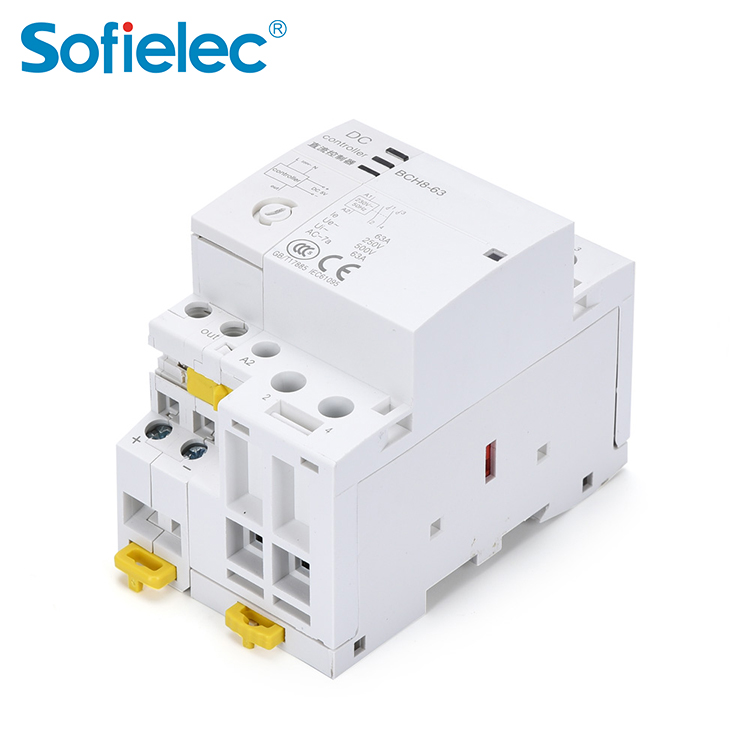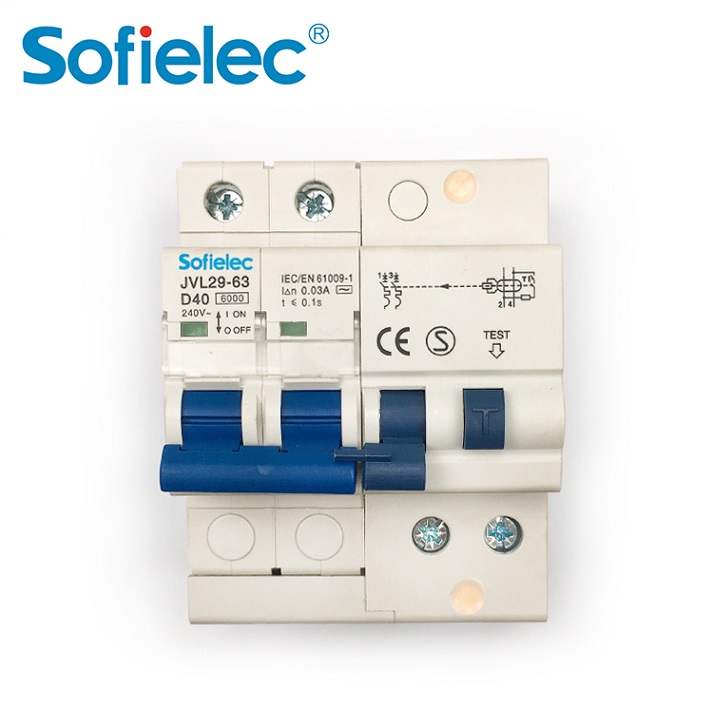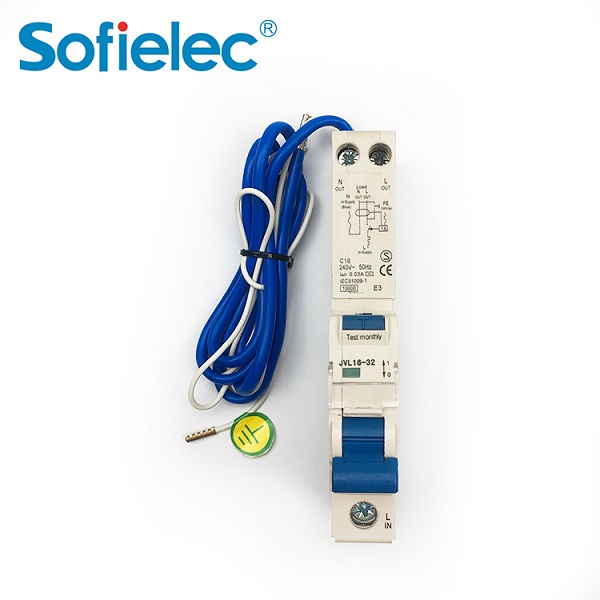| Categories | Contactor |
| Model | DC BCH8 Contactor |
| Voltage rating | 1P2P 250V DC/3P4P DC |
| Frequency | 50/60Hz |
| Electrical | 100000 |
| Insulation vwltage | 500V DC |
| Pollution degree | 2 |
| Rated impulse withstand voltage | 2.5KV |
| Operating temperature | -5℃~+60℃ |
| Storage temperature | -40℃~+70℃ |
Catalogue Numbers

Technical data
| Power circuit | ||
| (Ue) Voltage rating(Ue) | 1P,2P | 250V DC |
| 3P,4P | 400V DC | |
| Frequency | 50/60Hz | |
| Endurance(P-C) | ||
| Elctrical | 100,000次 | |
| Maximum number of switching operation a day | 100 | |
| Additional characteristics | ||
| Pollution degreee | 500V DC | |
| Pollution degree | 2 | |
| Rated impulse withstand voltage(Uimp) | 2.5kV(4kV@ 12/24/48VDC) | |
| (IEC 60529) Degree of protection (IEC 60529) | Device only | IP20 |
| Device in modular enclosure | IP50 | |
| Operating temperature | -5℃~+60℃ | |
| Storage temperature | -40℃~+70℃ | |
| Tropicalization(IEC 60068-1) |
Treatment 2(reltive humidity 95% at 55℃) |
|
|
ELSV compliance(Extra Low Safety Voltage) for 12/24/48vac versions |
||
|
The product control conforms to the SELV (saftey extra low voltage)requirements |
||
Connection

Consumption
| Type | ||||||||
|
Raring(ln) |
Contrd voltage (VDC)(50/60Hz) |
Consumption |
Max. power |
|||||
| DC-7a | DC-7b |
Holding |
Inrush |
|||||
| 1P | 25A | 9A | 230...240 | 2.7VA | 9.2VA | 1.2W | ||
| 2P | 16A | 6A | 230...240 | 2.7VA | 9.2VA | 1.2W | ||
| 20A | 7A | 230...240 | 2.7VA | 9.2VA | 1.2W | |||
| 25A | 9A | 24 | 3.8VA | 15Va | 1.3W | |||
| 230...240 | 2.7VA | 9.2VA | 1.2W | |||||
| 230...240 | 2.7VA | 9.2VA | 1.2W | |||||
| 40A | 18A | 220...240 | 4.6VA | 34VA | 1.6W | |||
| 63A | 25A | 220...240 | 4.6VA | 34VA | 1.6W | |||
| 100A | - | 220...240 | 6.5VA | 53VA | 2.1W | |||
| 3A | 25A | 9A | 220...240 | 4.6VA | 34VA | 1.6W | ||
| 40A | 18A | 220...240 | 6.5VA | 53VA | 2.1W | |||
| 63A | 25A | 220...240 | 6.5VA | 53VA | 2.1W | |||
| 4A | 16A | 9A | 220...240 | 4.6VA | 34VA | 1.6W | ||
| 25A | 9A | 24 | 4.6VA | 34VA | 1.6W | |||
| 220...240 | 4.6VA | 34VA | 1.6W | |||||
| 24 | 4.6VA | 34VA | 1.6W | |||||
| 220...240 | 4.6VA | 34VA | 1.6W | |||||
| 220...240 | 4.6VA | 34VA | 1.6W | |||||
| 32A | 12A | 220...240 | 6.5VA | 53VA | 2.1W | |||
| 40A | 18A | 220...240 | 6.5VA | 53VA | 2.1W | |||
| 63A | 25A | 220...240 | 6.5VA | 53VA | 2.1W | |||
| 220...240 | 6.5VA | 53VA | 2.1W | |||||
| 220...240 | 6.5VA | 53VA | 2.1W | |||||
| 220...240 | 6.5VA | 53VA | 2.1W | |||||
| 100A | - | 220...240 | 13VA | 106VA | 4.2W | |||
Dimensions

Video
> What is mccb and mcb?
MCCB, for large - scale industrial and commercial use, handles high - current loads, detecting over - currents with thermal - magnetic or electronic trip units. MCB,...
> Is Circuit breaker AC or DC?
Circuit breakers can be designed for both AC (alternating current) and DC (direct current) applications. However, AC and DC circuit breakers have some differences in...
> How to use Circuit Breaker?
Select a suitable circuit breaker based on circuit requirements, install it in the electrical panel after power - off, let it monitor current during normal operation...
> Market Prospect Analysis of Circuit Breakers
The circuit breaker market has witnessed steady growth over the past few years, driven by the expansion of power infrastructure, industrial automation, and the burge...








